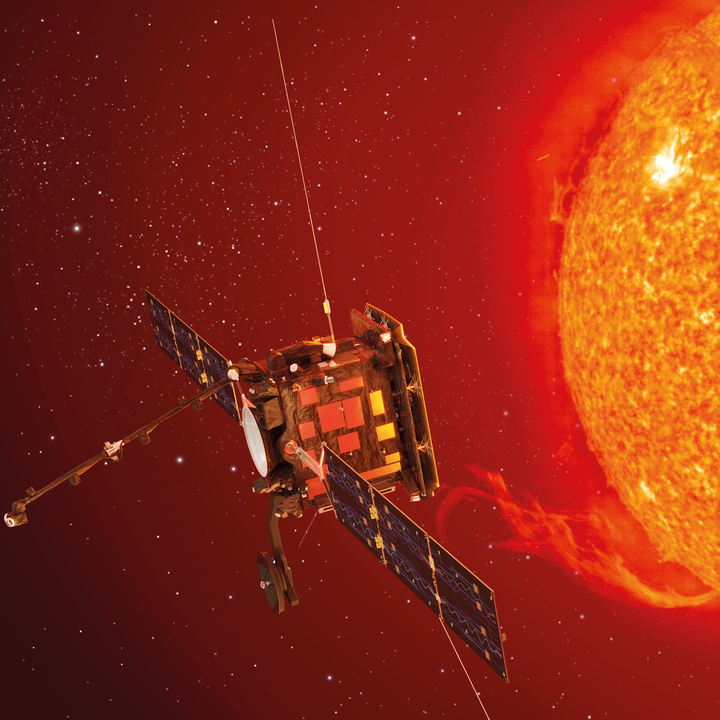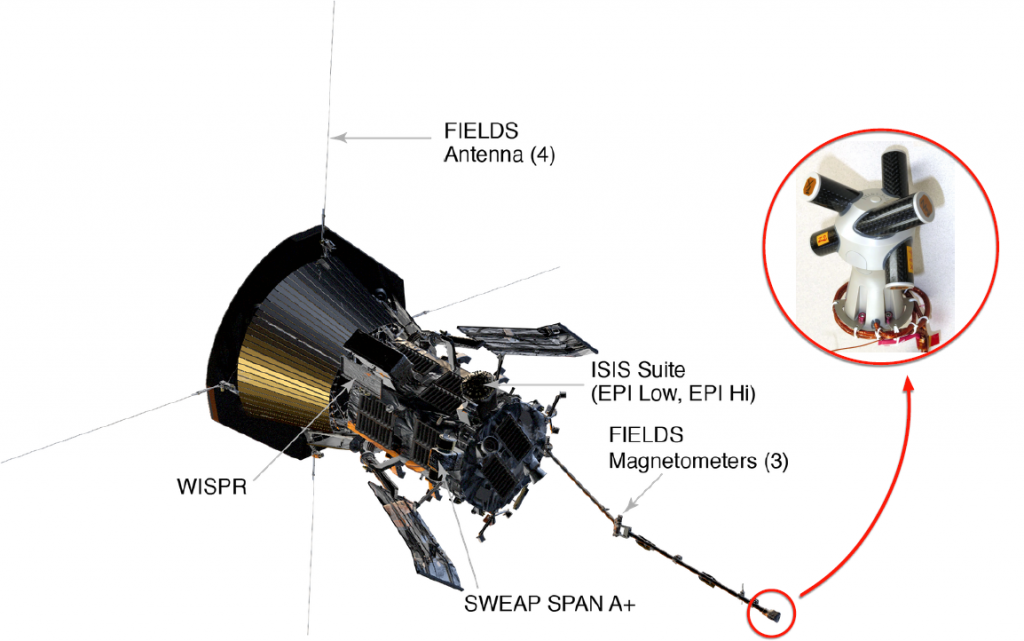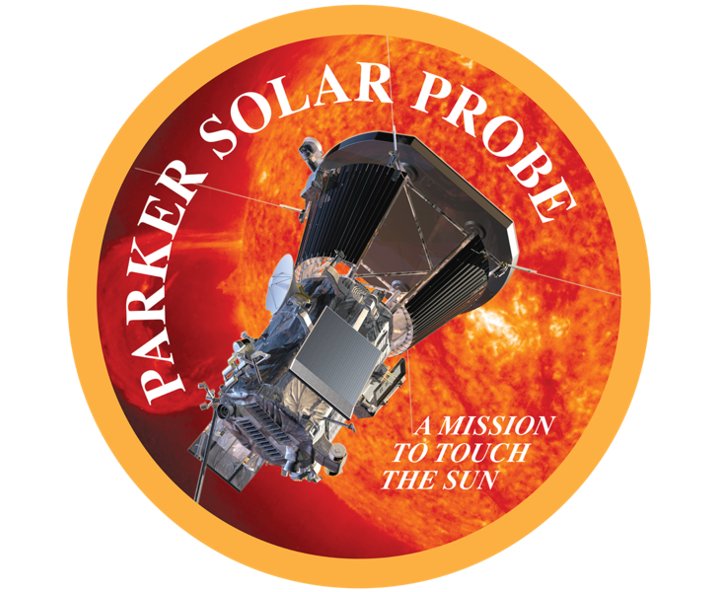Parker Solar Probe a NASA mission
Parker Solar Probe will be the first space mission to literally enter the solar atmosphere. This NASA mission was successfully launched on August 12, 2018 from Cape Canaveral. Over the planned duration of the mission Parker Solar Probe will graze the Sun 25 times, coming as close as only 8.8 solar radii from its surface. This space mission will face unprecedented radiation and heat conditions. The extreme conditions of the traversed environment pose many technological challenges. Most of the scientific payload instruments, including the search coil magnetometer (SCM) provided by LPC2E (the only non-US instrument onboard), will be sheltered by a large heat shield.

Artist’s view of Parker Solar Probe in the vicinity of the Sun. Image credit NASA.
The mission will answer two major scientific questions about the near environment of the Sun:
– Why is the solar corona hotter than its surface?
– How is the solar wind accelerated?
The LPC2E is responsible for the SCM magnetic field sensor for the measurement of magnetic field fluctuations in the frequency range between 1 Hz and 1 MHz.

The SCM instrument of PSP provided by the LPC2E
Official website of the mission: http://solarprobe.jhuapl.edu
Contact at LPC2E: Thierry Dudok de Wit (ddwit@cnrs-orleans.fr)

